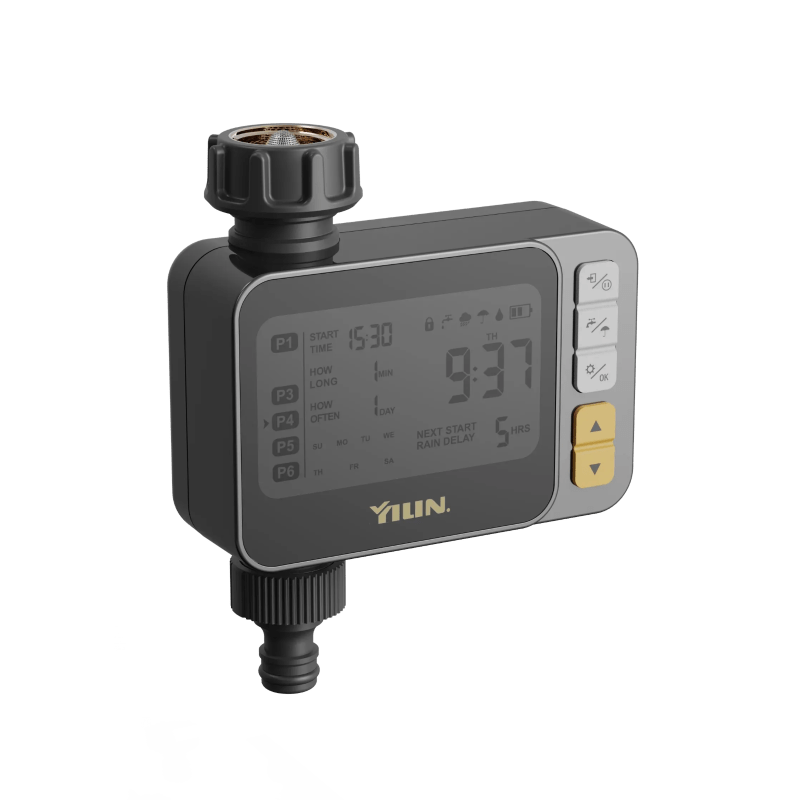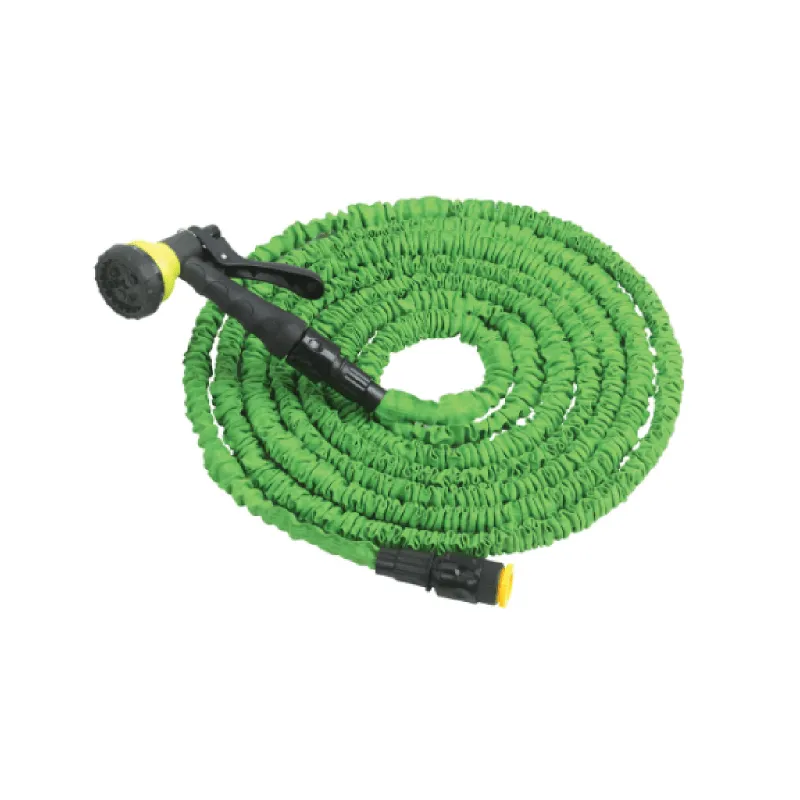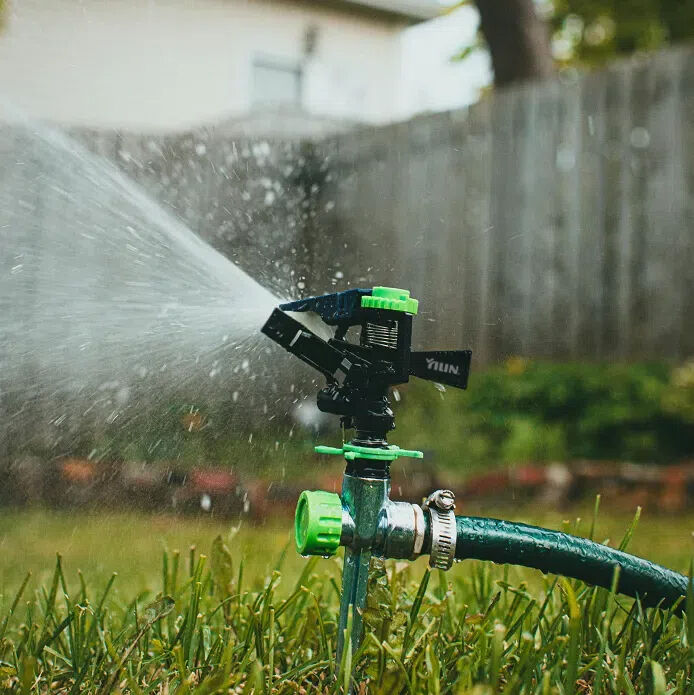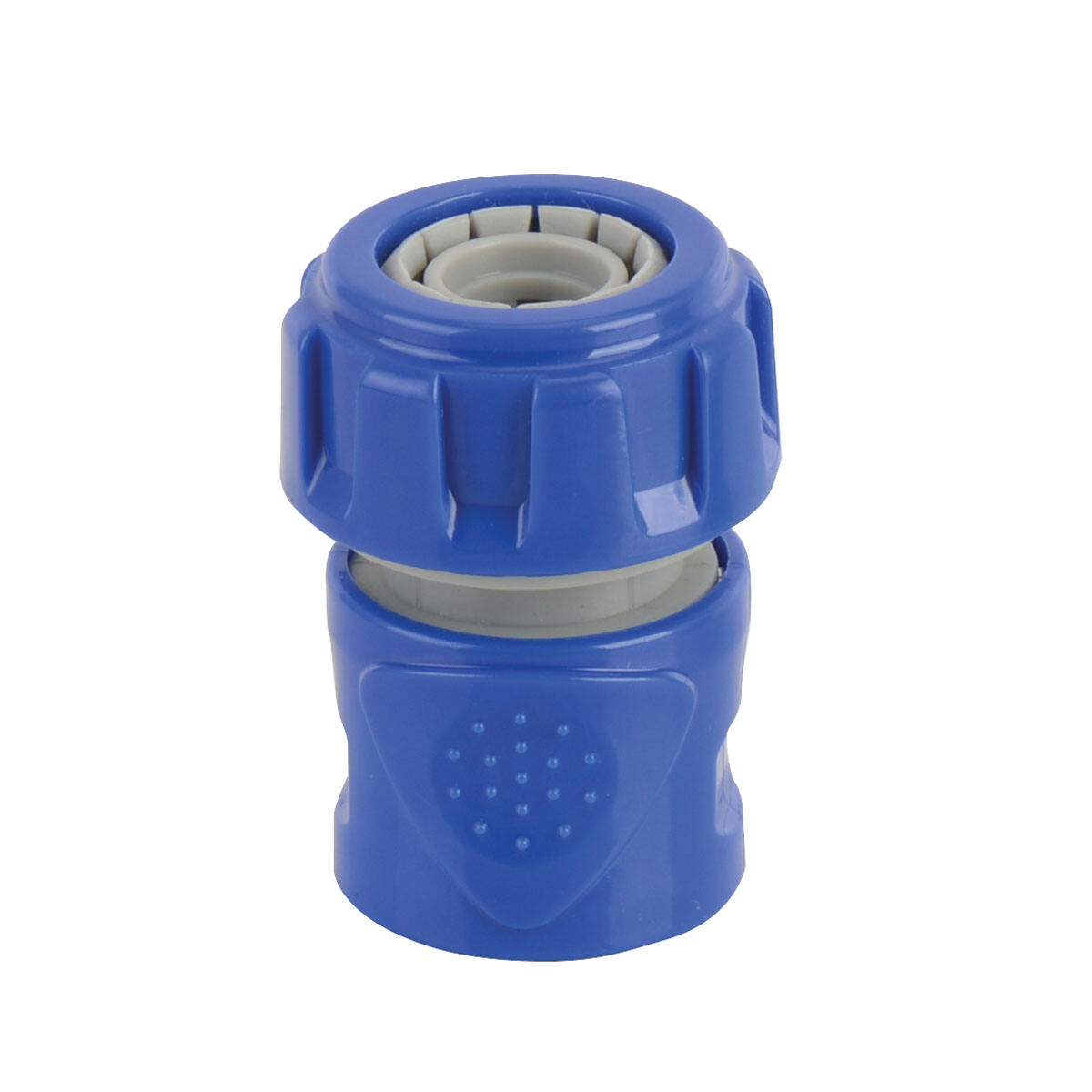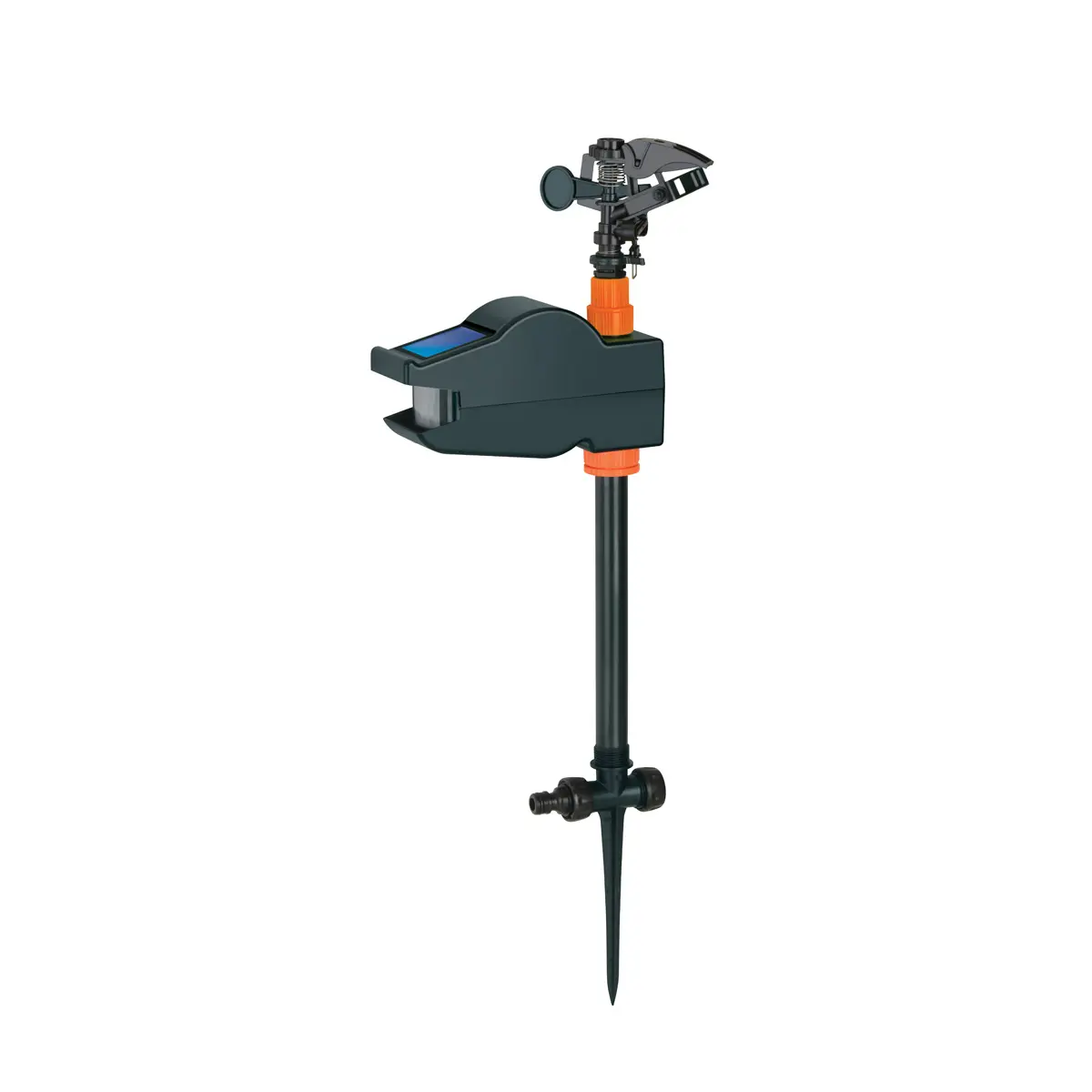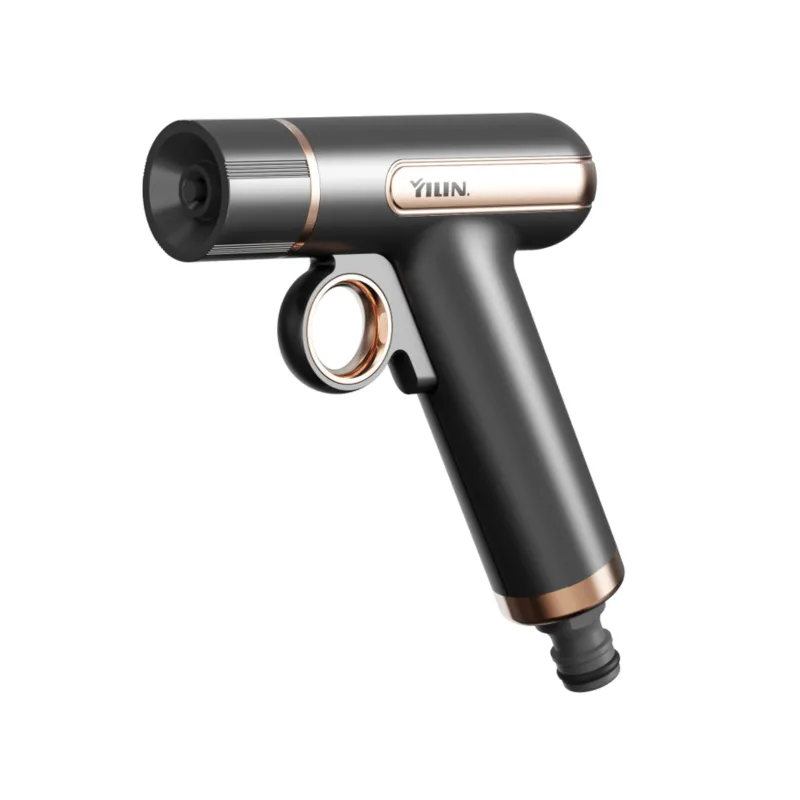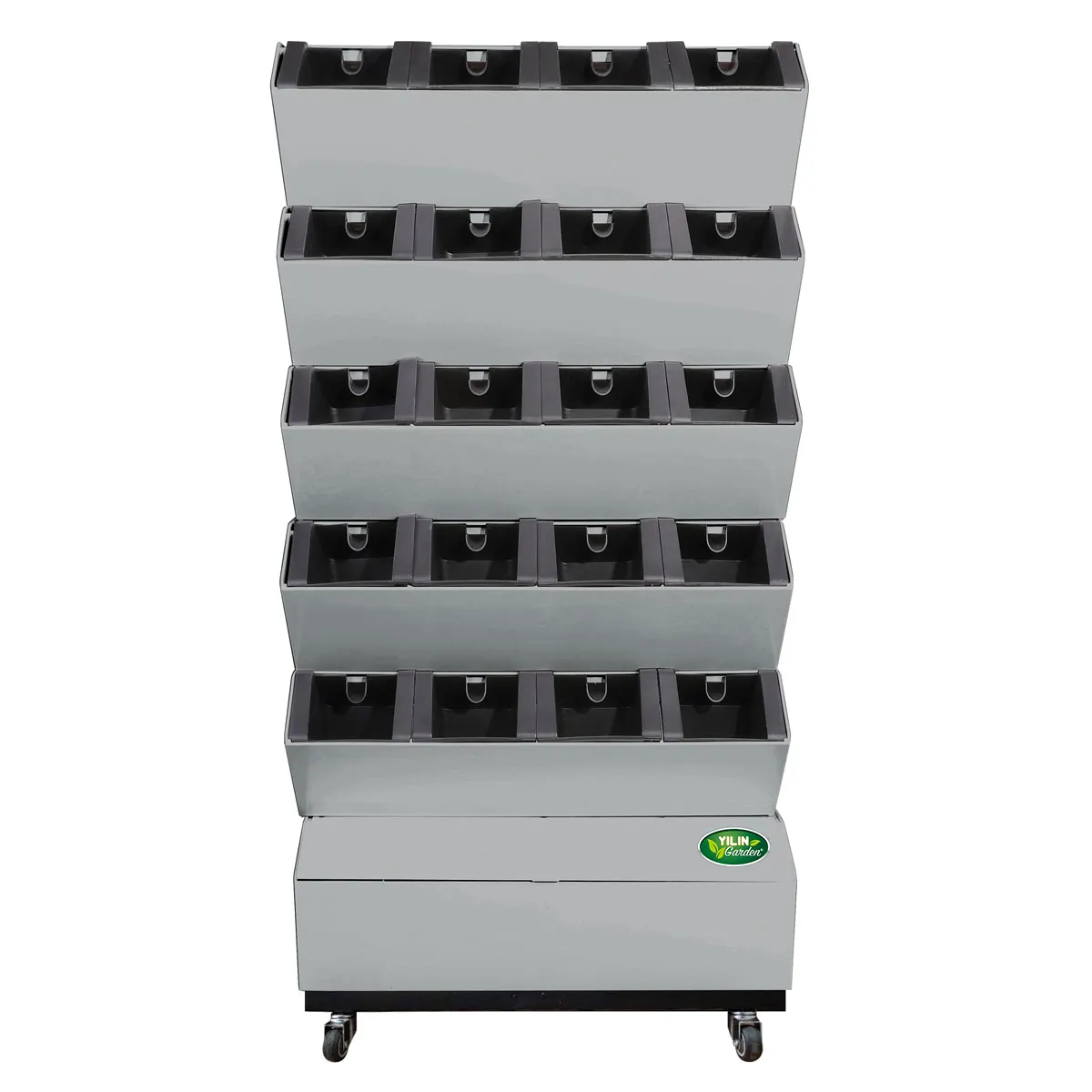fruit tree irrigation
Fruit tree irrigation represents a crucial agricultural technology that ensures optimal water delivery to orchards and fruit-bearing trees. This sophisticated system combines precise water distribution methods with modern monitoring capabilities to maintain ideal soil moisture levels throughout the growing season. The system typically includes mainlines, sub-mainlines, and emitters strategically positioned to deliver water directly to tree root zones. Advanced versions incorporate smart sensors that monitor soil moisture, weather conditions, and tree water requirements in real-time. These systems can be automated through computerized controllers, allowing for scheduled irrigation cycles based on specific tree species needs and environmental conditions. The technology adapts to various orchard layouts and can be integrated with fertilizer delivery systems for efficient nutrient distribution. Modern fruit tree irrigation systems also feature pressure-compensating mechanisms to ensure uniform water distribution across uneven terrain, while water-efficient designs minimize waste through targeted application methods. This technology proves essential for commercial orchards, small-scale farms, and residential fruit tree cultivation, offering solutions for both traditional and high-density planting arrangements.

